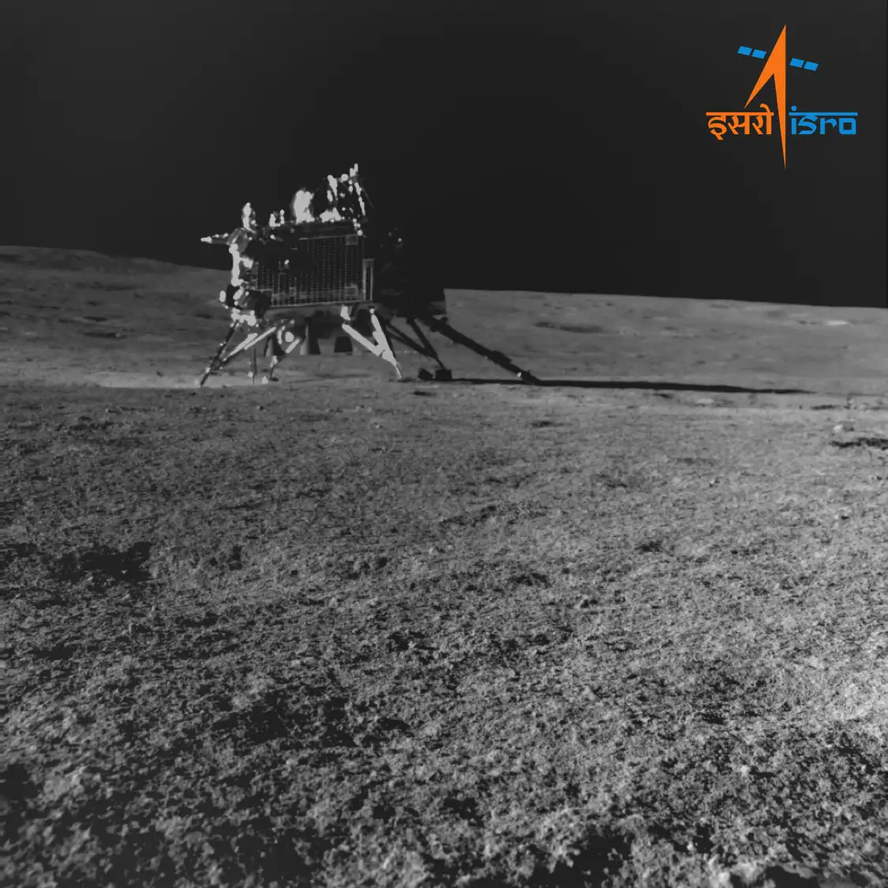India's Chandraya-3 mission has made major discoveries on the Moon
India's Chandraya-3 mission has spent two weeks studying the South Pole of the Moon with outstanding results. According to the Indian space agency ISRO, the Vikram module measures for the first time the temperature and density of the Moon ionosphere, among others. Thus, plasma density has been observed to be approximately 5-30 million electrons per cubic meter, which varies over time (the density of the Earth's similar layer is one million). If a colony is ever established on the Moon, this can affect communication and navigation systems.
On the other hand, soil temperature has also been measured at 8 cm depth, confirming that it is 60°C below the surface. In addition, the surface temperature is considerably warmer than that measured by the NASA orbiter in 2009: -10ºC more to all the depths they have measured. According to researchers, these strokes are too high for the ice to be stable. In fact, vacuum, ice becomes gas at very low temperature (-160°C).
They've also measured some tiny moon or earthquake, finding sulfur, aluminum, silicon, calcium and iron. It should be noted that they did not expect to find sulfur because it is very volatile. They note that they have been awaiting the results of the next missions, hoping to be able to answer the questions raised to them.






